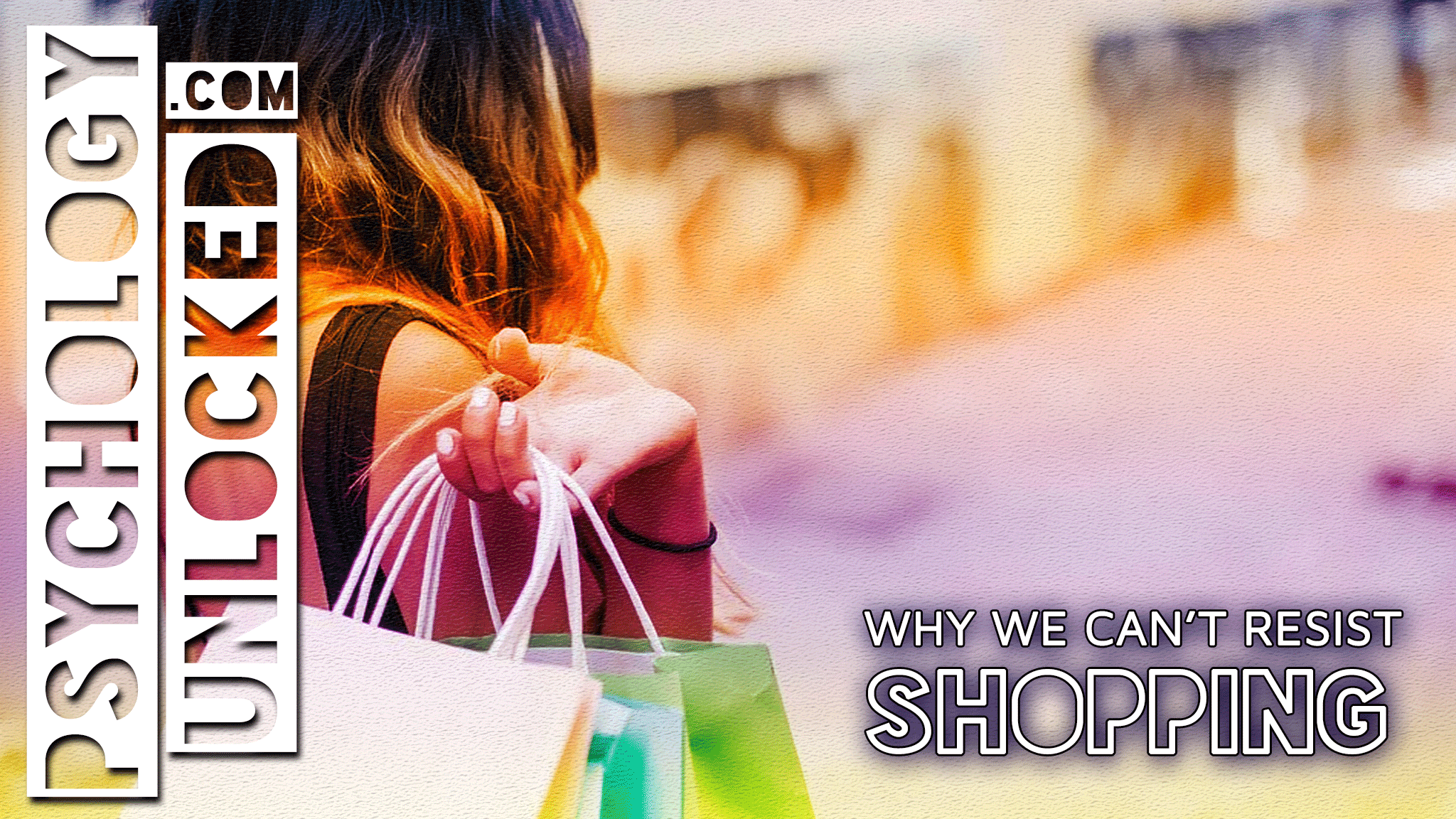
We’ve just survived three months without hitting the high street in search of a new Primark t-shirt, and yet when non-essential shops reopened in England this week there were queues stretching round the block.
Surely the very fact that we now call these shops “non-essential” highlights the irony of the frenzied urgency demonstrated by the Primark posse this week.
- The Dunning-Kruger Effect: Why we think we know more than we do
- The Yale Food Addiction Scale: Are you addicted to food?
- Addicted to Pepsi Max? Understand addiction in six minutes (video)
So, what are the psychological processes at play here?
The Reading List

Consumerology
by Philip Graves
Philip Graves discusses the psychological “tricks and games” that shops play to manipulate customers’ purchasing behaviours.

The Psychology of Fashion
by Carolyn Mair
A different angle on the psychology of shopping, this time looking at the power of the clothes themselves in addition to the retail environment.

Decoded
by Phil Barden
Decoded: The Science Behind Why We Buy applies Daniel Kahneman’s approach to marketing and advertising. A combination of psychology, behavioural economics and neuroeconomics.

Buying In
by Rob Walker
Rob Walker is a consumer journalist and columnist for the New York Times Magazine. He writes here about the power of brands on our identity and behaviours.
People Need to Shop
My first inclination is to consult the work of the famous humanist psychologist Abraham Maslow (he of Maslow’s Hierarchy of Needs). Maybe these people really need new clothes.
However, given that everyone I saw in the news coverage was adequately dressed, I think we can rule out the chance that they might have actually, legitimately, run out of clothes.
Perhaps our eager shoppers would have been perfectly happy to stay at home playing cats cradle had it not been for the generous stream of seductive adverts, temptingly drizzled over the social media feeds like caramel sauce on a Mr Whippy.
Advertising makes people think they need to shop
Marketers use the power of advertising to convince potential customers all the time. And with the ever-increasing data that internet giants possess about our interests and browsing habits, there is every chance (if we can even call it chance anymore) that the adverts you will see will be right up your street.
But appealing adverts don’t work across the board. Countless research money goes into working out how to formulate a compelling and convincing advert.
Bower (2001) uncovers an interesting example of a situation when advertising is unlikely to have the desired impact. Women with low self-esteem about their appearance actually experience negative emotions when viewing adverts featuring pictures of “beautiful” women.
Instead of aspiring to be like the gorgeous model in the advert, women with low self-esteem tend instead to negatively appraise themselves and the product being advertised, making them less likely to buy it.
Martin, Veer and Pervan (2007) explain that this is due to a causal relation between emotions and the appraisal of a product.
Perhaps unsurprisingly, men rather like the presence of attractive women and find it oh-so-much easier to open their wallet under the influence of beauty.
This can therefore account for why some female beauty products are marketed using “average looking” women – think of Dove’s “Real Beauty” campaign – whereas men’s magazines sell themselves based on the typically “hot” glamour models standing next to a car.
But even if the adverts have been well-targeted and are being seen by the “right” people, it still doesn’t answer the question of why hordes of people felt the need to actually go to the shops.
After three months of lockdown, have they not found ASOS?!
People need to shop in the flesh
Well beyond the social experience of shopping in the flesh, there is something else a physical shop offers that the internet isn’t able to: the ability to touch the products. People love to touch!
Research suggests that touching items in a shop stimulates a Pavlovian response (Balleine, Daw & O’Doherty, 2008)– we have been conditioned to like the experience of tripping our fingertips along a rail of clothes, and thumbing through a book in a bookshop.
The physical sensation of shopping brings to mind all the previous times we’ve been in the same situation and bought something that we really like, and we get excited that this moment has returned. Our reward gateway is poised to swing open.
The great thing for shopkeepers is that touching a product also makes us significantly more likely to actually buy it.
Have you ever found yourself clinging on to items as you’re walking around a shop, and resisting the call to put something back on the shelf – it’s a painful moment of separation.
Touch facilitates an emotional connection with an item. Psychologists talk about the Endowment Effect – something is perceived as more valuable by someone if they own it.
Peck and Shu (2009) discovered that merely touching and holding an item in the shop can trigger the same effect, which is why it can be so hard to separate yourself from items you’re carrying around the store.
To support this finding, Bushong et al. (2010) found that shoppers are even willing to pay more for an item that they’ve touched compared to the same item if they’ve just read about it or seen it in a display.
So, beware! If you are one of our country’s shopaholics, committed to your patriotic duty of getting the economy up and running again, just be careful not to touch anything until you’re already sure that you really want it!
